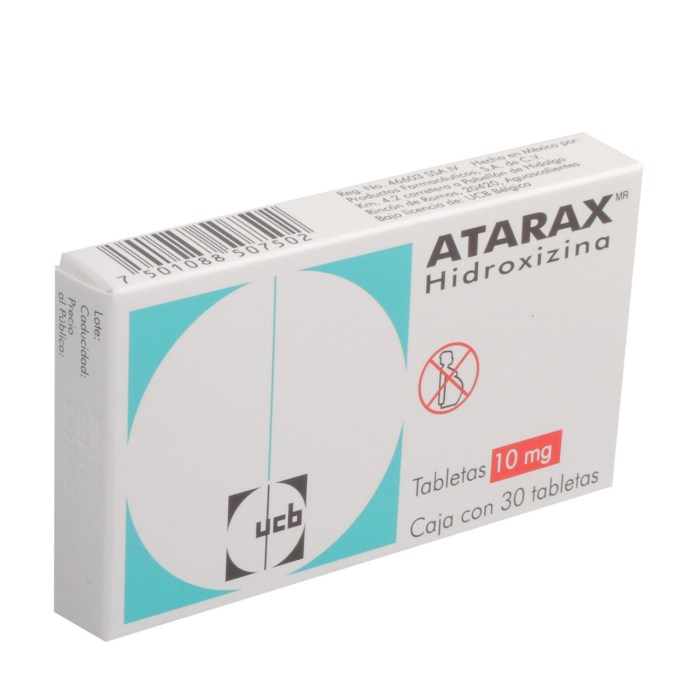Atarax, also known as hydroxyzine, is an antihistamine that has a variety of applications beyond its traditional use in treating allergies. This versatile medication has gained recognition for its effectiveness in managing anxiety, nausea, and even allergic reactions.
Atarax works by blocking histamine receptors in the body, which are responsible for triggering inflammatory responses and various symptoms associated with allergies, anxiety, and nausea. This mechanism of action allows Atarax to provide relief from a range of conditions, making it a valuable tool in the medical arsenal.
Atarax

Atarax, also known by its generic name hydroxyzine, is a medication primarily classified as an antihistamine. It belongs to a group of drugs called H1 receptor antagonists, which means it works by blocking the effects of histamine, a chemical naturally produced by the body that plays a role in allergic reactions.
Uses of Atarax
Atarax has several therapeutic applications, making it a versatile medication for various conditions. Here are some of its primary uses:
- Anxiety Relief: Atarax is commonly prescribed to manage anxiety symptoms, including nervousness, tension, and insomnia. It helps calm the nervous system by blocking histamine receptors in the brain, which are involved in regulating mood and sleep.
- Allergic Reactions: Atarax effectively treats various allergic reactions, such as hives, itching, and swelling. It blocks histamine from binding to its receptors, preventing the release of inflammatory chemicals that cause these symptoms.
- Nausea: Atarax can be used to manage nausea and vomiting, particularly in situations like motion sickness or post-operative nausea. Its antihistamine properties help reduce the activity of the vomiting center in the brain.
Mechanism of Action, Atarax
Atarax’s therapeutic effects stem from its ability to block histamine receptors. Histamine, a chemical messenger, plays a vital role in various bodily functions, including inflammation, allergic reactions, and the regulation of sleep and mood. When histamine binds to its receptors, it triggers a cascade of events that lead to these responses.
Atarax works by preventing histamine from binding to its receptors, effectively blocking its effects.
By inhibiting histamine activity, Atarax reduces the severity of allergic reactions, calms the nervous system, and helps manage nausea. Its mechanism of action makes it a valuable medication for a range of conditions.
Atarax offers a multifaceted approach to managing various conditions, from anxiety and allergies to nausea. While its effectiveness has been established through research, it’s crucial to consult with a healthcare professional to determine if Atarax is the right treatment for your specific needs. Remember, understanding the potential side effects and interactions is essential for safe and effective use of any medication.
Atarax, a common antihistamine, is often prescribed for anxiety and insomnia. While it effectively manages these conditions, it’s not the only option. For individuals with epilepsy, a different approach is necessary, often involving medications like vigabatrin , which specifically targets seizure activity. Understanding the nuances of these medications is crucial for effective treatment, ensuring the best possible outcome for each patient’s unique needs.